Tal Mor, Technion-Israel Institute of Technology
"From Quantum Computers to Identification of Molecules"
Tuesday, August 2, 2005
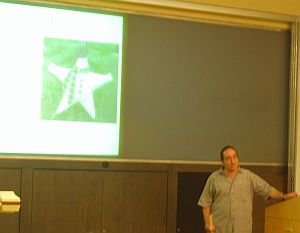
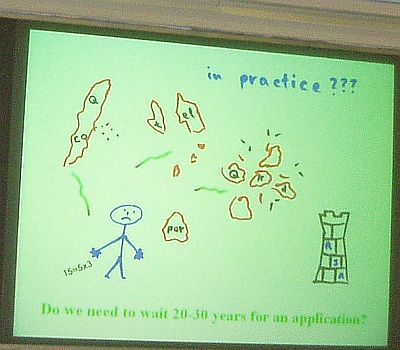
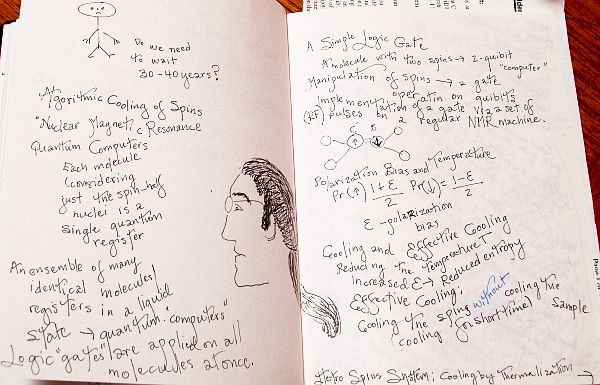
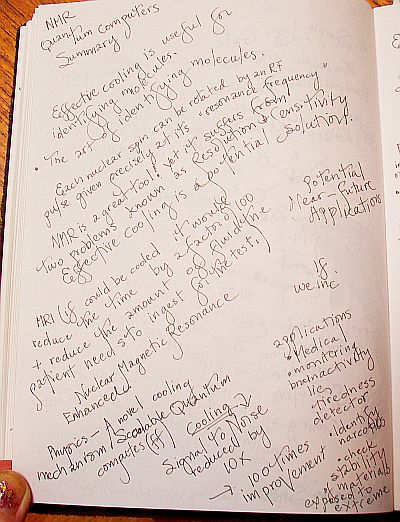
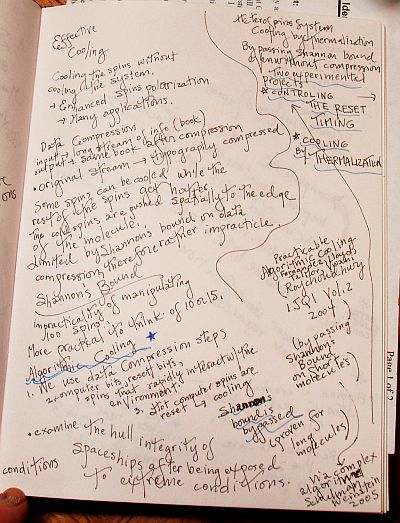
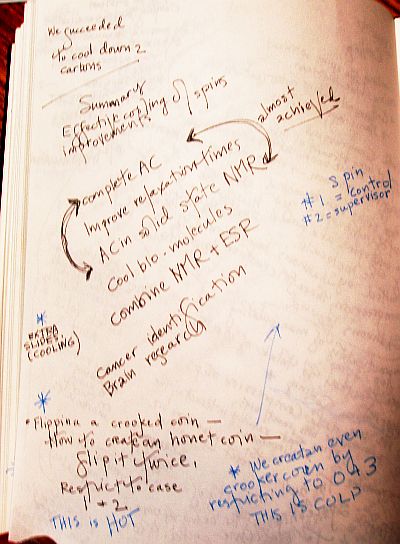
For other "Outsiders"
See definitions regarding Algorithms
Regarding "Cooling":
"In genetic programming, this approach is extended to algorithms, by regarding the algorithm itself as a 'solution' to a problem. Also there are heuristic algorithms, whose general purpose is not to find a final solution, but an approximate solution where the time or resources to find a perfect solution are not practical. An example of this would be simulated annealing algorithms, a class of heuristic probabilistic algorithms that vary the solution of a problem by a random amount. The name 'simulated annealing' alludes to the metallurgic term meaning the heating and COOLING of metal to achieve freedom from defects. The purpose of the random variance is to find close to globally optimal solutions rather than simply locally optimal ones, the idea being that the random element will be decreased as the algorithm settles down to a solution."
Go back to the Main page